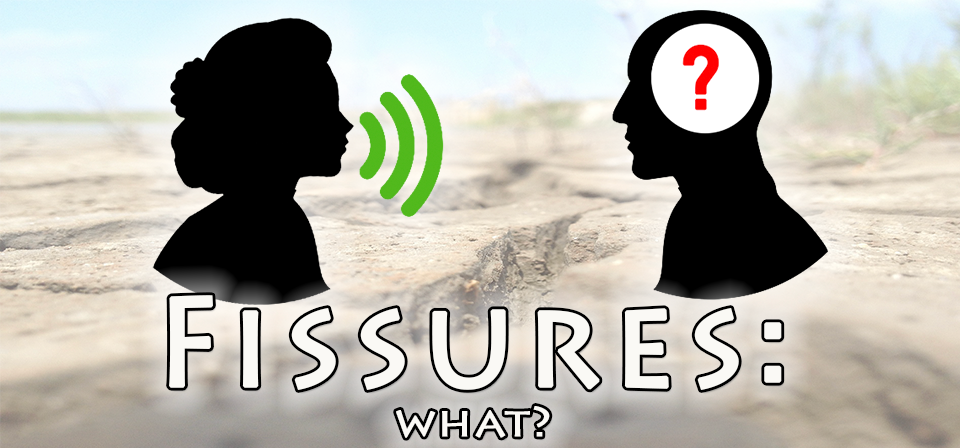Part of our Fissures series.
Those of us with aging loved ones get this question a lot. The bio-mechanics that go into transmitting distinct sound from its source to the listener’s mind are astounding. When the ears start to wear out, as vision and joints also tend to do, life becomes more challenging. It takes a lot of grace — on both sides of the ear canal.
But not all hard-of-hearing people are senior citizens. Some are children, and like their friends struggling with un-managed eyesight issues, they often don’t know that their experience is unusual. Unlike their classmates with glasses, they often believe they’re alone — the only ones who work twice as hard to understand half as much.
Our elderly loved ones have the advantage of having spent most of their lives participating fully in the hearing world. They know the scripts, whether greetings in various settings or the wait-staff routine when dining out. They can fill in the blanks when someone says “What about Luck leaving the Colts?” It might take a beat or two, but they’ve got years of conversational experience to rely on, as well as that short query, “What?”
Children and young people are still learning, and unlike their fully-hearing peers, the surrounding conversations they’re exposed to are streams of broken buzz, like half-tuned radio stations. Often times, they get just enough to keep them out of the signing crowd, but not enough to participate fully in the hearing crowd. That makes getting settled into a supportive community both more necessary and more difficult.
When our elders were young’uns, life moved at a pace that allowed for pausing and repetition. In the current generation, it’s run ahead or get run over. Then there’s the competing layers of sound to filter through in nearly every environment. Even in the shelter of your own car, you have to sort out the horns and entertainment folks are listening to in two or more cars around you. It gets overwhelming, adding to the frustration both of those who miss information and those who are nearby to provide a recap.
Now, imagine being the child or young person who needs that information for cultural cues, K-12+ education, job training, and full-on “adulting.”
Yup, it takes a lot of grace, on both sides of the ear canal.


Pingback: Fissures: Overview | Silent Blessings Deaf Ministries